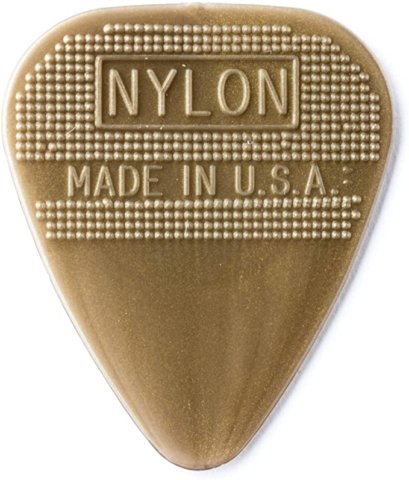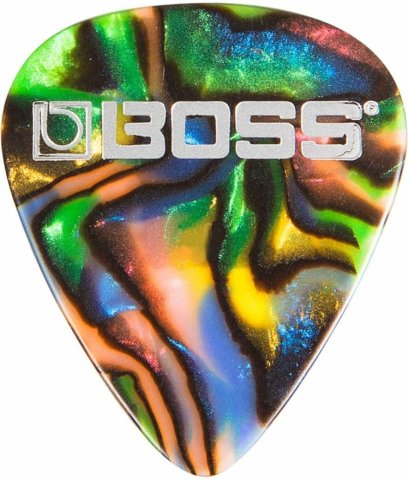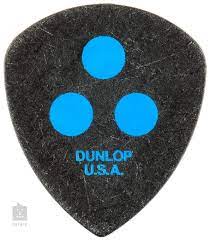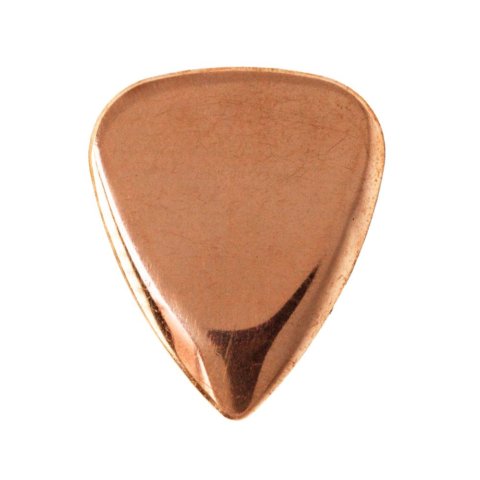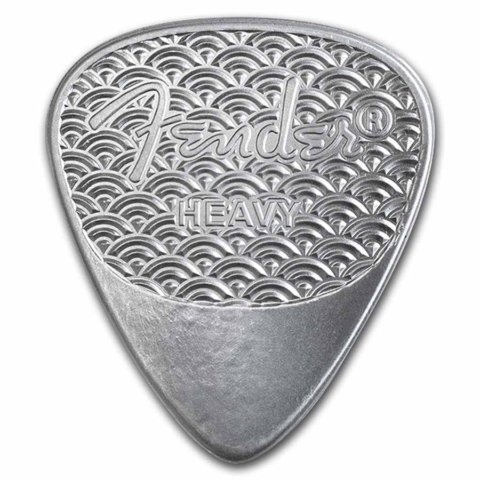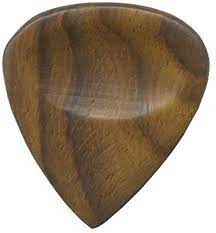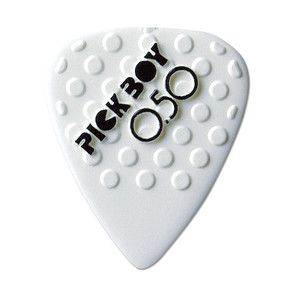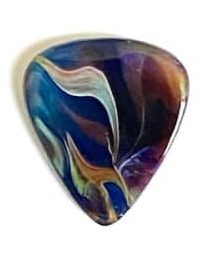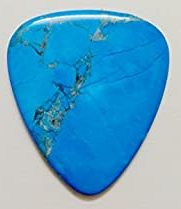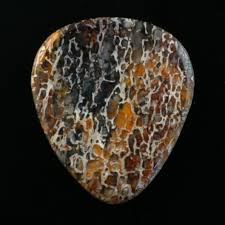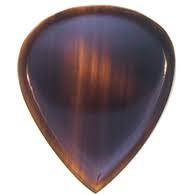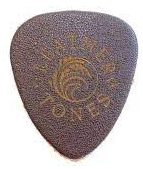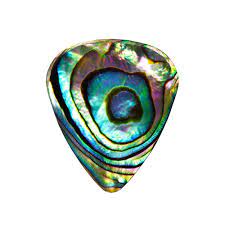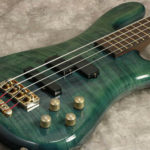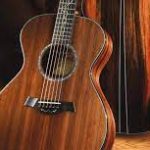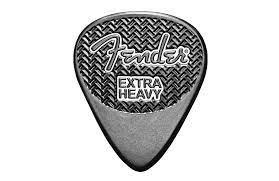
Guitar Pick Styles
This site contains affiliate links, which we receive a commission from any sale or purchase, and are of no cost to you. As a participant in the Amazon Services LLC Associates Program, affiliate links will redirect you to Amazon.com and its affiliate sites. Please read our DISCLAIMER for more information
The most common types of picks include standard pick, thumb pick, and fingerpick attachments. These all vary by material but the most common are plastic, Nylon, and Celluloid. However, you can get them in carbon fiber, metal, wood snd ceramics. Whereby, they vary in Thickness, Texture, and design!





